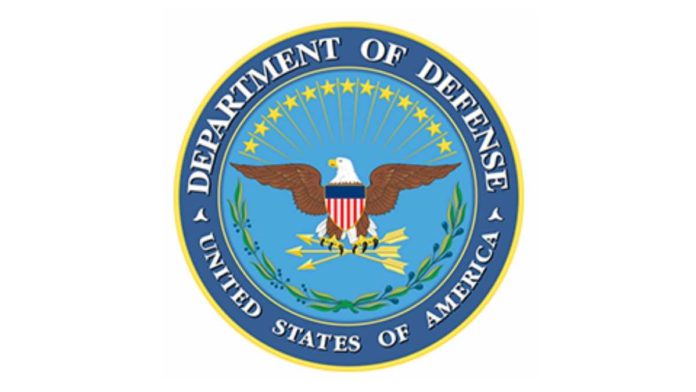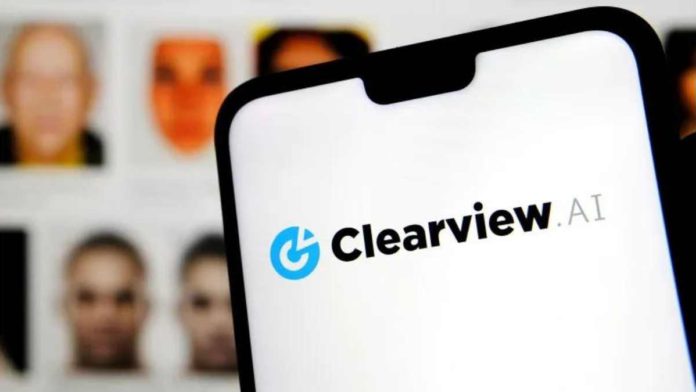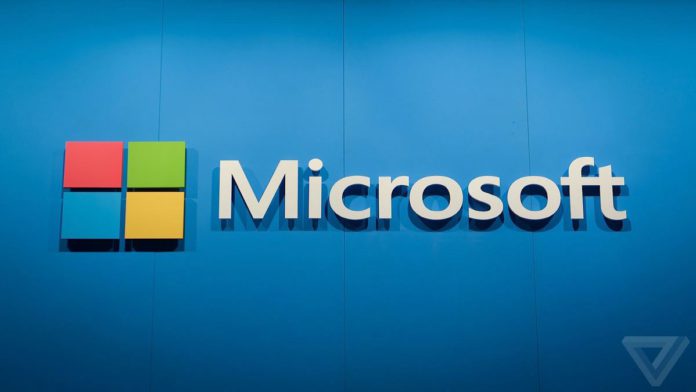A new project named ‘Intelligent Solutions for Road Safety through Technology and Engineering’ (iRASTE) has been launched in India to make roads safer by reducing the number of accidents.
Currently, the project is being rolled out in Nagpur, Maharashtra. Road accidents are one of the prime reasons for deaths in the country. Currently, India records 150,000 fatalities and over 300,000 physical severe injuries annually because of road accidents.
Therefore, developers took the aid of artificial intelligence to come up with a unique solution named iRASTE.
Read More: Diane Staheli joins DoD as new Chief of Responsible AI
The one-of-a-kind project is being carried out by the I-Hub Foundation, IIIT Hyderabad, a Technology Innovation Hub (TIH) in the technology vertical of Data Banks and Data Services, which is funded by the Department of Science and Technology (DST) and INAI under the National Mission on Interdisciplinary Cyber-Physical Systems (NM-ICPS) (Applied AI Research Institute).
As a step to prevent accidents, iRASTE will automatically push notifications to drivers regarding potential accidents using artificial intelligence. Talks are already underway with the Telangana government to implement the technology in a fleet of buses as well as in Goa and Gujarat.
Moreover, iRASTE will also discover “greyspots” through data and mobility analysis, along with continually monitoring dynamic dangers throughout the whole road network.
The project named ‘Intelligent Solutions for Road Safety through Technology and Engineering’ (iRASTE) at Nagpur will identify potential accident-causing scenarios while driving a vehicle and alert drivers about the same with the help of the Advanced Driver Assistance System (ADAS),” said the Indian Government.
Recently, Minister for Road Transport & Highways in the Government of India, Nitin Gadkari, said that the Government aims to reduce the total number of road accidents to half by the end of 2024, and this new development will help the Government achieve its goals.











